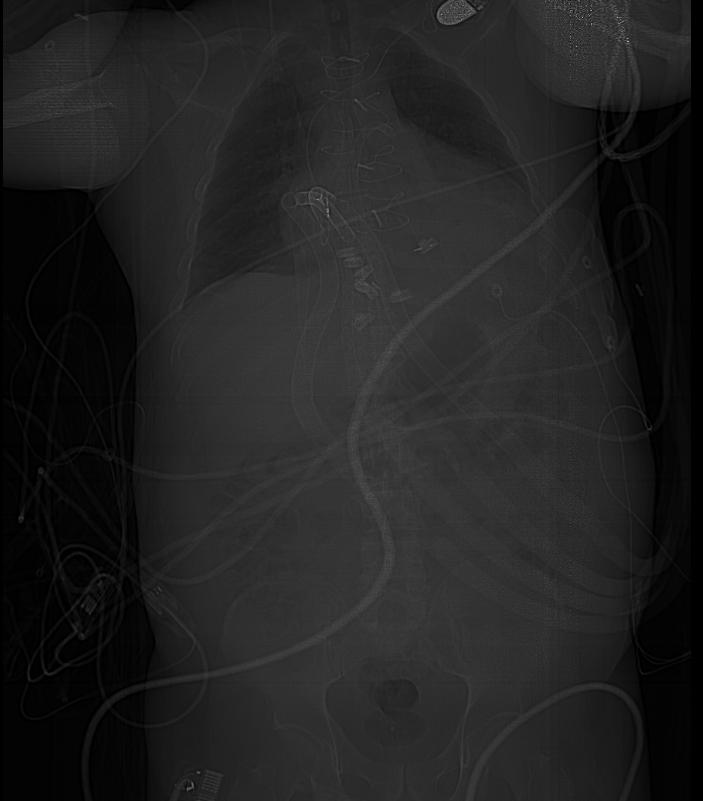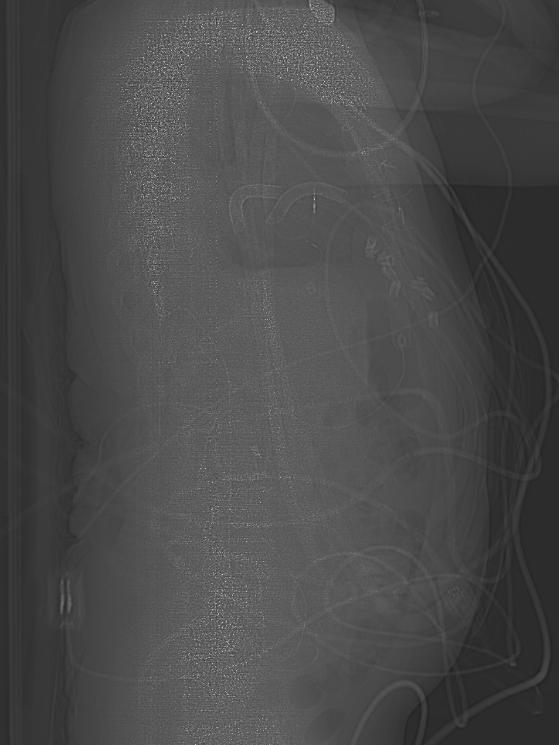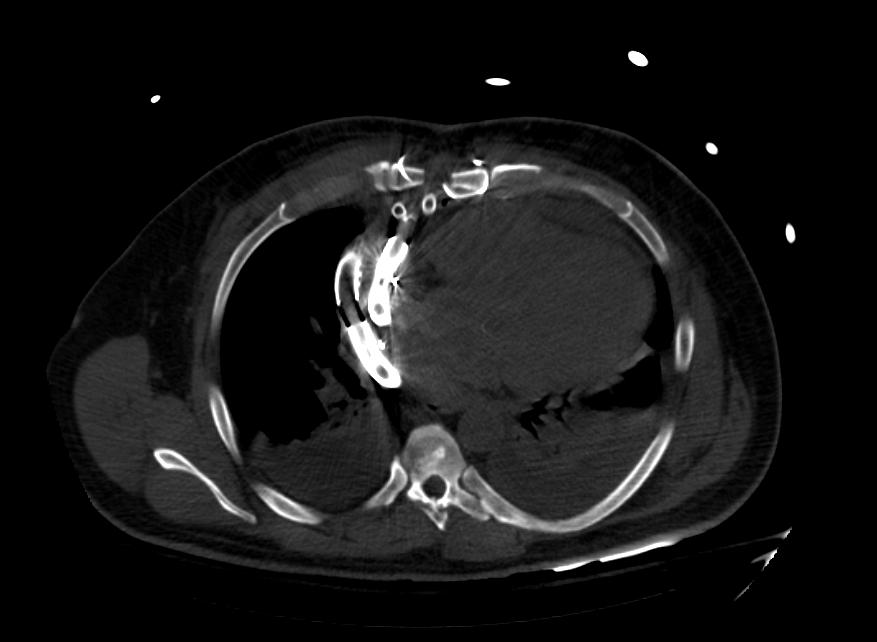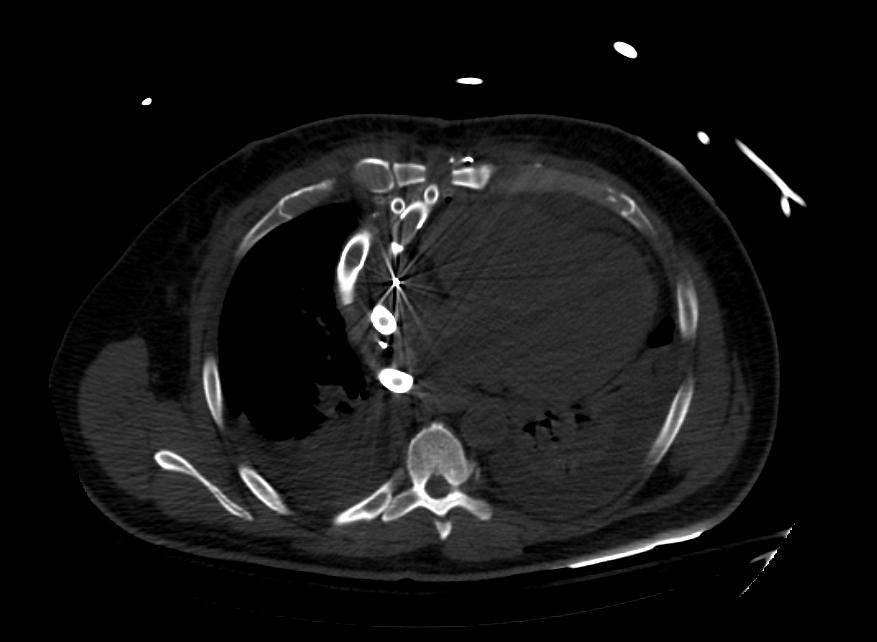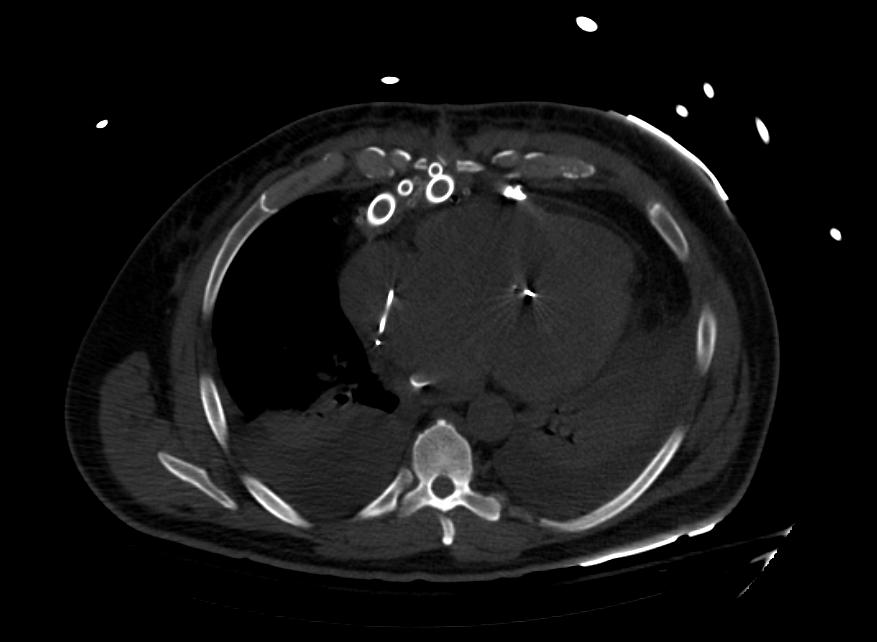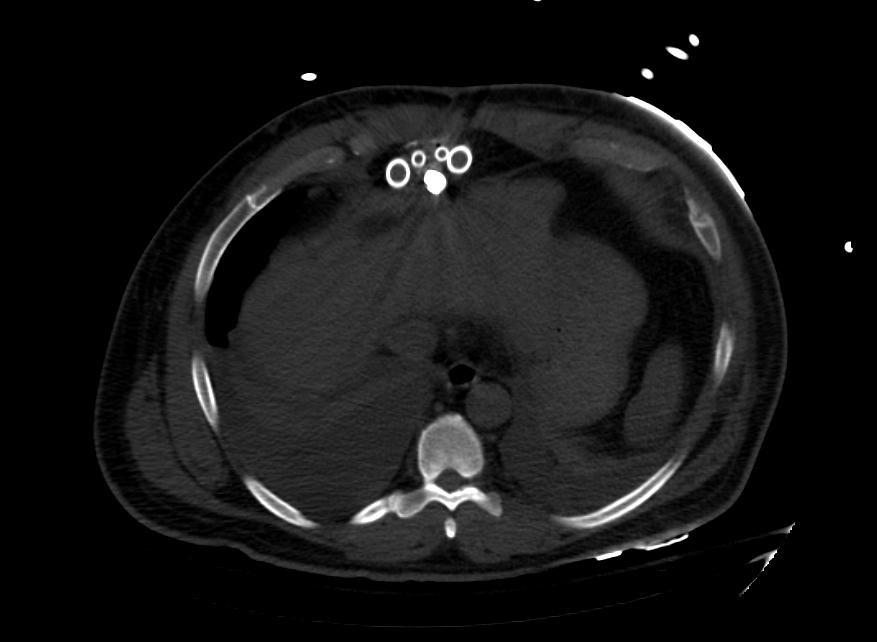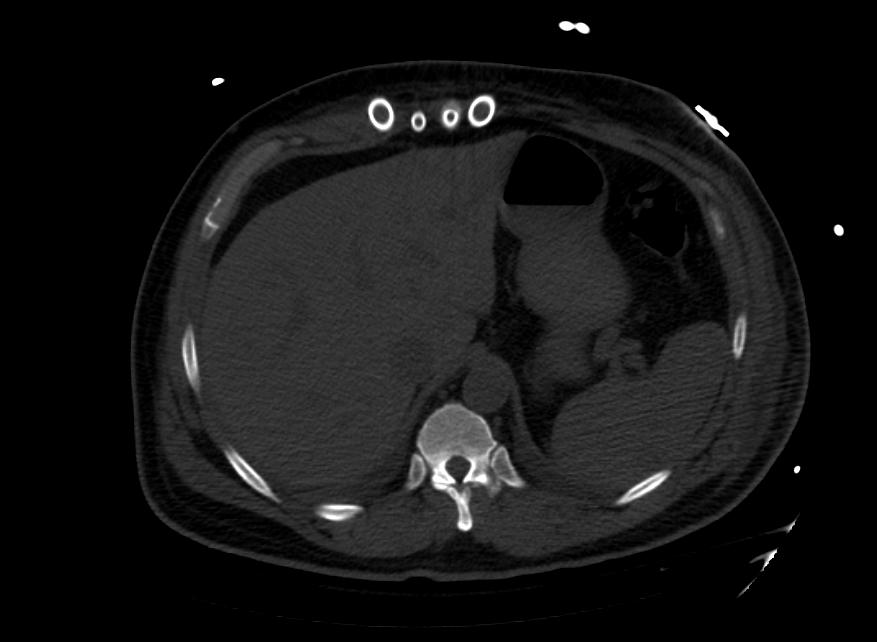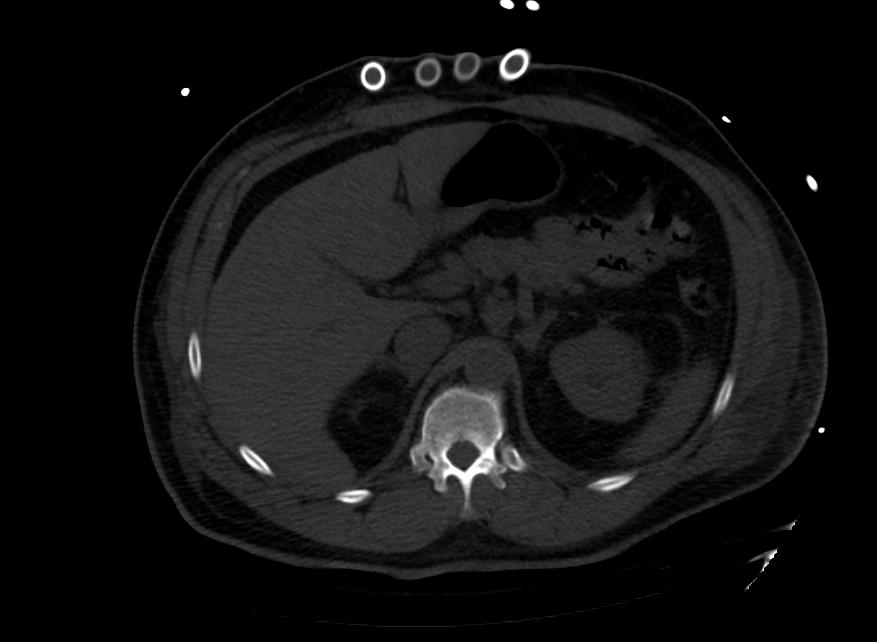Ventricular assist device: Difference between revisions
| Line 8: | Line 8: | ||
A '''Ventricular assist device''', or '''VAD''', is a mechanical device that is used in patients with advanced heart failure for Mechanical Circulatory Support (MCS). VADs are commonly employed as a strategy of bridge to heart transplant or as a destination therapy in patients ineligible for heart transplant. It has been shown that about a quarter of patients waiting for heart transplants need mechanical circulatory support with left ventricular assist devices (LVAD). Some VADs are designed for short term use, typically for patients recovering from [[myocardial infarction|heart attacks]] or [[cardiac surgery | heart surgery]], while others are intended for long term use (months to years and in some cases for life), typically for patients suffering from [[Heart Failure | congestive heart failure]]. Over the recent years, VADs have undergone significant improvements in size, durability, reliability and noise emission. | A '''Ventricular assist device''', or '''VAD''', is a mechanical device that is used in patients with advanced heart failure for Mechanical Circulatory Support (MCS). VADs are commonly employed as a strategy of bridge to heart transplant or as a destination therapy in patients ineligible for heart transplant. It has been shown that about a quarter of patients waiting for heart transplants need mechanical circulatory support with left ventricular assist devices (LVAD). Some VADs are designed for short term use, typically for patients recovering from [[myocardial infarction|heart attacks]] or [[cardiac surgery | heart surgery]], while others are intended for long term use (months to years and in some cases for life), typically for patients suffering from [[Heart Failure | congestive heart failure]]. Over the recent years, VADs have undergone significant improvements in size, durability, reliability and noise emission. | ||
VADs include Left Ventricular Assist Devices (LVADs), Right Ventricular Assist Devices (RVADs) and BiVentricular Assist Devices (BiVADs). Patients who need MCS for both ventricles require BiVADs. Early and/or long-term dual VAD therapy for biventricular support may be considered in evident Right Ventricular Failure and conditions like acute circulatory collapse due to fulminant myocarditis, acute decompensation of dilated biventricular cardiomyopathy, massive MI (involving the septum or RV), acute deterioration following toxic cardiomyopathy, infiltrative cardiomyopathy or RV cardiomyopathies with concomitant involvement of the Left Ventricle. | |||
VADs include | Examples of percutaneous or transcutaneous VADs include Impella, which is an axial flow pump with non-pulsatile blood flow from left ventricle to ascending aorta and TandemHeart, which is a left atrial to iliofemoral artery bypass pump. | ||
VADs | Some VADs are implantable that allow a patient to be fully mobile. Examples of commonly used implantable VADs include HeartMate II, which is a continuous-flow system with mechanical bearings and HeartMate III which is a magnetically levitated device that is a pulsatile-flow system without mechanical bearings. | ||
==Design== | ==Design== | ||
Revision as of 19:46, 5 June 2020
Editor-In-Chief: C. Michael Gibson, M.S., M.D. [1] Associate Editor(s)-in-Chief: Marv Slepian, M.D.; University of Arizona [2]; Juan A. Sanchez MD MPA [3], Chairman, The Stanley J. Dudrick Department of Surgery, Saint Mary's Hospital, Waterbury, CT, Syed Hassan A. Kazmi BSc, MD [4]
Overview
A Ventricular assist device, or VAD, is a mechanical device that is used in patients with advanced heart failure for Mechanical Circulatory Support (MCS). VADs are commonly employed as a strategy of bridge to heart transplant or as a destination therapy in patients ineligible for heart transplant. It has been shown that about a quarter of patients waiting for heart transplants need mechanical circulatory support with left ventricular assist devices (LVAD). Some VADs are designed for short term use, typically for patients recovering from heart attacks or heart surgery, while others are intended for long term use (months to years and in some cases for life), typically for patients suffering from congestive heart failure. Over the recent years, VADs have undergone significant improvements in size, durability, reliability and noise emission.
VADs include Left Ventricular Assist Devices (LVADs), Right Ventricular Assist Devices (RVADs) and BiVentricular Assist Devices (BiVADs). Patients who need MCS for both ventricles require BiVADs. Early and/or long-term dual VAD therapy for biventricular support may be considered in evident Right Ventricular Failure and conditions like acute circulatory collapse due to fulminant myocarditis, acute decompensation of dilated biventricular cardiomyopathy, massive MI (involving the septum or RV), acute deterioration following toxic cardiomyopathy, infiltrative cardiomyopathy or RV cardiomyopathies with concomitant involvement of the Left Ventricle.
Examples of percutaneous or transcutaneous VADs include Impella, which is an axial flow pump with non-pulsatile blood flow from left ventricle to ascending aorta and TandemHeart, which is a left atrial to iliofemoral artery bypass pump.
Some VADs are implantable that allow a patient to be fully mobile. Examples of commonly used implantable VADs include HeartMate II, which is a continuous-flow system with mechanical bearings and HeartMate III which is a magnetically levitated device that is a pulsatile-flow system without mechanical bearings.
Design
- Most VADs operate on similar principles. A cannula is inserted into the apex of the appropriate ventricle. Blood passes through this to a pump and thence through a tube to the aorta (ascending aorta - most common) in the case of an LVAD or to the pulmonary artery in the case of an RVAD.
- The pump is powered through a lead which connects it to a controller and power supply. In some cases there is also a tube to vent the pump to the outside air.
- The Jarvik 2000 operates slightly differently - the pump is actually located inside the left ventricle, its outflow passes through the apex of the ventricle to a tube which leads to the aorta. Major distinguishing features between the different VADs are the pumps (which can vary substantially in method of operation, size and placement), the controller, the materials used both for the pump and the associated tubes and cannulas and the lead between the pump and the controller/power supply.[1]
Classification
VADs can be pulsatile or continuous flow pumps. They can be classified as follows:
First-generation devices
- First generation VADs are pulsatile volume-displacement pumps. These include HeartMate I, Novacor and the Thoratec paracorporeal VAD. The major factors that resulted in their discontinuation were significant surgical dissection, high risk of infection at external lead and pump that was audible and caused discomfort. [2]
Second-generation devices
- The Second Generation VADs are Continuous Flow (CF) devices that use axial flow pumps. These include HeartMate II and Jarvik 2000. Their smaller design is easier to implant. They are also quieter and have lower rates of infection compared to First Generation VADs. [2]
Third-generation devices
- Third Generation VADs are Continuous Flow (CF) centrifugal pumps. These include HeartWare and HeartMate III. These are more durable, easier to implant and have lower risk of thrombosis and hemolysis. [2]
Indications
VADs can be used for the following conditions: [3]
- Bridge-to-Transplant (BTT): Patients who are transplant eligible and need a donor heart for survival
- Destination therapy (DT): Patients who need mechanical circulatory support as an alternative to heart transplant
- Bridge-to-Decision (BTD): Patients who are not assigned the need for heart transplant at the time of implantation
- Bridge-to-Candidacy (BTC): Patients who are not transplant eligible but may be reconsidered for transplant after a temporary circulatory support
- Bridge-to-Recovery (BTR): Patients who require temporary circulatory support after an acute insult to cardiac function, like cardiogenic shock
Contraindications
Absolute: [3]
- Coexisting severe comorbidity like irreversible hepatic, renal, or neurological disease
- Patient non-compliance
- Severe psychosocial limitations
Relative: [3]
- Limited life expectancy (age >80 for DT, untreated malignancy)
- Poor nutritional status (obesity or malnutrition)
- Limitations to rehabilitation (musculoskeletal disease, severe peripheral vascular disease, active substance abuse, active infection, prolonged intubation)
- Unmanaged psychiatric disorders
- Lack of social support)
Effectiveness
Clinical practice guidelines summarize indications[4].
Systematic reviews have assessed effectiveness[5][6] including comparison of effectiveness to intra-aortic balloon pump[7].
Among studies of artificial hearts, most original studies are not randomized; however, one randomized controlled trial found a trend, although insignificant, for benefit from the Impella ventricular assist device compare to intra-aortic balloon pumping[8].
Complications
- Right Ventricular(RV) failure:
Unloading of the left ventricle post-LVAD implantation may result in septal shifts, leading to increased RV preload, decreased RV contractility and function. RVAD implantation may be necessary until RV function improves, at which point RVAD can be explanted. [3]
- Bleeding:
Bleeding is a common complication during the implantation procedure. Patients with Continuous Flow LVADs are systemically anticoagulated with Warfarin, which further increases the risk of bleeding, particularly Gastro-intestial (GI) Bleed. Patients should be evaluated and if possible, treated preoperatively for GI bleeding sources such as colonic polyps, stomach ulcers and angiodysplasias. There is also a higher risk of bleeding post-LVAD implantation from degradation of Von Willebrand Factor by VAD rotors, which is reversible once LVAD is removed.[3]
- Thromboemolic events and Stroke:
There is an increased risk of thromboembolic events and Transient Ischemic Attacks in patients with Continous Flow LVADs despite of systemic anticoagulation. If pump thrombosis develops, there might be an emergent need for pump exchange and moving the patient up on priority list of heart transplant. [3]
- Infection:
Infection at multiple sites of LVAD circuit is a common complication. These sites include the LVAD pocket where the LVAD is implanted, the LVAD itself or the cannulae that go from the left ventricle to the VAD and from the LVAD to the aorta. The most common infection site is the driveline which goes from the LVAD through the skin to the LVAD power source since it is a pathway from the external environment to the LVAD interior. Common causative organisms in driveline infections are the skin flora such as Staphylococcus aureus and coagulase-negative staphylococci and in infection of internal components are Serratia, Klebsiella, and Enteroccocus species, Pseudomonas aeruginosa. Candida can cause up to ten percent of infections. Treatment includes debridement of infected tissue and administration of intravenous antibiotics. Explantantion of infected LVAD is sometimes necessary. [3]
- Ventricular arrythmias:
Ventricular arrythmias is a common complication after LVAD implantation. It is thought to be from reentrant circuits that are formed around the site of the inflow cannula in already damaged myocardium. Implantable cardioverter-defibrillator helps with these arrhythmias until the ventricles remodel as the time goes on. Anti-arrhythmic agents such as lidocaine or amiodarone are rarely necessary. [3]
- Device Malfunction and Optimization:
VADs are complex devices and need to be adjusted to obtain optimal right and left ventricular hemodynamics. Failing of power source or malfunction of different parts can also cause the device to stop working. [3]
History
VADs evolved over time after an external technology was used to provide cardiovascular support to a patient with Cardiopulmonary bypass (CPB) in an atrial septal defect repair surgery by John Gibbons. This lead to further interest and efforts to developing artificial heart and later implantation of VAD in the late 1960s. Thoratec pneumatic VAD was the first Food and Drug Administration (FDA) approved VAD used as a BTT. This technology further evolved into HeartMate I, a pulsatile device, but more work needed to be done to develop newer LVADs with lesser complications. The Second and Third Generation VADs were designed to have a continuous flow rather than pulsatile. [3]
Images: Ventricular Assist Devices
-
Biventricular assist device
-
Biventricular assist device
-
Biventricular assist device
-
Biventricular assist device
-
Biventricular assist device
-
Biventricular assist device
-
Biventricular assist device
-
Biventricular assist device
HeartMate III: Newer LVAD Technology
HeartMate III is a fully magnetically levitated centrifugal CF LVAD. It is shown to have fewer complications like strokes, major bleeding, GI bleeding or ventricular arrhythmias when compared to HeartMate II. Fewer pump thromboses and LVAD replacements for LVAD malfunction have been reported with this newest LVAD. This improved function is due to it's wide blood flow conduits which reduces shear of the blood. It is frictionless without mechanical bearings and has an intrinsic pulse which is designed to reduce stasis, prevent pump thrombosis and also GI angiodysplasia. [3]
Fully Implantable Pumps
Most VADs currently being used are not fully implantable since they connect to an external power source, hence increasing the risk of infection. Fully implantable devices could reduce this risk of infection but more work needs to be done for further development of these VADs. The newest totally implantable LVAD (Leviticus FiVAD) uses the Jarvik VAD platform and undergoing clinical trials. [3]
List of implantable VAD devices
This is a partial list and may never be complete
Referenced additions are welcome
| Device | Manufacturer | Type | Approval Status as at December 2007 |
|---|---|---|---|
| Novacor | World Heart | Pulsatile | Approved for use in North America, European Union and Japan |
| Heartmate | Thoratec | Pulsatile | Approved for use in North America |
| Heartmate II | Thoratec | Rotor driven continuous axial flow, ball and cup bearings. | Approved for use in European Union. FDA approval for bridge to transplant achieved November 2007. |
| Incor | Berlin Heart | Continuous flow driven by a magnetically suspended axial flow rotor. | Approved for use in European Union. |
| Jarvik 2000 | Jarvik Heart | Continuous flow, axial rotor supported by ceramic bearings | Approved for use in the European Union. Clinical trials for FDA approval are planned. |
| MicroMed DeBakey VAD | MicroMed | Continuous flow driven by axial rotor supported by ceramic bearings | Approved for use in the European Union. The child version is approved for use in children in USA. Undergoing clinical trials in USA for FDA approval. |
| VentrAssist | Ventracor | Continuous flow driven by a hydrodynamically suspended centrifugal rotor. | Approved for use in European Union and Australia. Undergoing clinical trials for FDA approval |
| MTIHeartLVAD | MiTiHeart Corporation | Continuous flow driven by a magnetically suspended centrifugal rotor. | Yet to start clinical trials. |
| C-Pulse | Sunshine Heart | Pulsatile, driven by an inflatable cuff around the aorta | Yet to start clinical trials |
| HVAD | HeartWare | Similar to Ventracor - magnetic impellor similar to BLDCmotor | undergoing clinical trials for CE, applied to start FDA US trials
|
References
- ↑ Pratt AK, Shah NS, Boyce SW (January 2014). "Left ventricular assist device management in the ICU". Crit. Care Med. 42 (1): 158–68. doi:10.1097/01.ccm.0000435675.91305.76. PMID 24240731.
- ↑ 2.0 2.1 2.2 Vaidya Y, Patibandla S, Dhamoon AS. PMID 29763016. Missing or empty
|title=(help) - ↑ 3.00 3.01 3.02 3.03 3.04 3.05 3.06 3.07 3.08 3.09 3.10 3.11 Eisen HJ (July 2019). "Left Ventricular Assist Devices (LVADS): History, Clinical Application and Complications". Korean Circ J. 49 (7): 568–585. doi:10.4070/kcj.2019.0161. PMC 6597447 Check
|pmc=value (help). PMID 31243930. - ↑ Rihal CS, Naidu SS, Givertz MM, Szeto WY, Burke JA, Kapur NK; et al. (2015). "2015 SCAI/ACC/HFSA/STS Clinical Expert Consensus Statement on the Use of Percutaneous Mechanical Circulatory Support Devices in Cardiovascular Care (Endorsed by the American Heart Association, the Cardiological Society of India, and Sociedad Latino Americana de Cardiologia Intervencion; Affirmation of Value by the Canadian Association of Interventional Cardiology-Association Canadienne de Cardiologie D'intervention)". Catheter Cardiovasc Interv. 85 (7): E175–96. doi:10.1002/ccd.25720. PMID 25851050.
- ↑ Sutcliffe P, Connock M, Pulikottil-Jacob R, Kandala NB, Suri G, Gurung T; et al. (2013). "Clinical effectiveness and cost-effectiveness of second- and third-generation left ventricular assist devices as either bridge to transplant or alternative to transplant for adults eligible for heart transplantation: systematic review and cost-effectiveness model". Health Technol Assess. 17 (53): 1–499, v–vi. doi:10.3310/hta17530. PMC 4781283. PMID 24280231.
- ↑ Briasoulis A, Telila T, Palla M, Mercado N, Kondur A, Grines C; et al. (2016). "Meta-Analysis of Usefulness of Percutaneous Left Ventricular Assist Devices for High-Risk Percutaneous Coronary Interventions". Am J Cardiol. 118 (3): 369–75. doi:10.1016/j.amjcard.2016.05.003. PMID 27265673.
- ↑ Shi W, Wang W, Wang K, Huang W (2019). "Percutaneous mechanical circulatory support devices in high-risk patients undergoing percutaneous coronary intervention: A meta-analysis of randomized trials". Medicine (Baltimore). 98 (37): e17107. doi:10.1097/MD.0000000000017107. PMC 6750338 Check
|pmc=value (help). PMID 31517843. - ↑ O'Neill WW, Kleiman NS, Moses J, Henriques JP, Dixon S, Massaro J; et al. (2012). "A prospective, randomized clinical trial of hemodynamic support with Impella 2.5 versus intra-aortic balloon pump in patients undergoing high-risk percutaneous coronary intervention: the PROTECT II study". Circulation. 126 (14): 1717–27. doi:10.1161/CIRCULATIONAHA.112.098194. PMID 22935569.
External links
- Nader Moazami, Patrick M. McCarthy Temporary Circulatory Support
- Eugene L. Kukuy, Mehmet C. Oz, Yoshifumi Naka Long-Term Mechanical Circulatory Support - a review of the subject as at 2003.
- Health Center Online VAD
- Mayo Clinic VAD
- FDA VAD
- Life without a pulse — news story about Canadian man with VAD
- Heart Pump Design Could Give Patients New Hope — A new counter-flow heart pump developed by Queensland University of Technology
- Heart pump improves quality of life in congestive heart failure patientsA rapid review of the medical literature and specialist opinion as at December 2005
- NATIONAL INSTITUTE FOR HEALTH AND CLINICAL EXCELLENCE (UK) Interventional procedures overview - short-term circulatory support with left ventricular assist devices as a bridge to cardiac transplantation or recovery A rapid review of the medical literature and specialist opinion as at December 2005
- Courtney J. Gemmato,Matthew D. Forrester,Timothy J. Myers,O.H. Frazier,Denton A. Cooley Thirty-Five Years of Mechanical Circulatory Support at the Texas Heart InstituteTex Heart Inst J 2005;32:168-77
